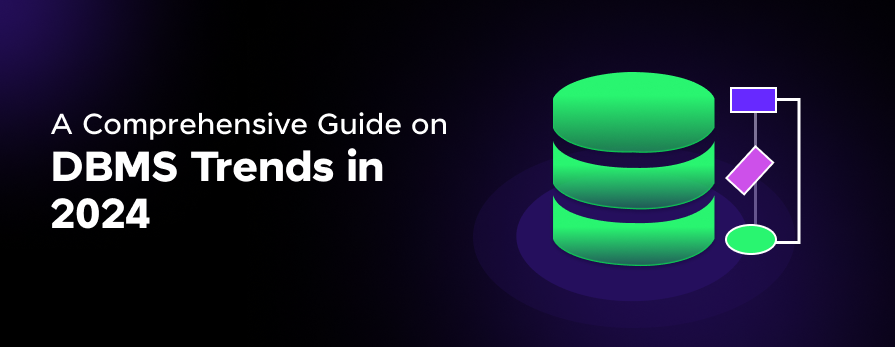
A Comprehensive Guide on DBMS Trends in 2025
Mar 04, 2025 7 Min Read 5022 Views
(Last Updated)
Data is growing faster than a teenager’s appetite. Back in 2010, we were dealing with just 2 zettabytes of data. Fast forward to 2020, and that number ballooned to 64 zettabytes. By 2025, we’re looking at a whopping 180 zettabytes.
This explosion in data means we need some serious muscle in our database management systems to keep up.
In this article, we will hence learn and discuss about all of the upcoming data trends in this year and ahead so that you can stay ahead of the crowd.
Table of contents
- 1) Data Growth Trends
- 2) Revenue Shift to Cloud DBMS
- 3) What's Hot in DBMS
- 1) Cloud-Based Solutions
- 2) AI and Machine Learning Integration
- 3) NoSQL Databases for IoT Data
- 4) Tech That's Changing DBMS
- 1) Cloud Computing: Game Changer
- 2) AI and Machine Learning: The Future is Now
- 3) Advanced Language Models: Talking to Your Database
- 5) Keeping Your Database Safe and Sound
- 1) The Scary Reality of Data Breaches
- 2) AI: Your New Best Friend in Data Security
- 3) Getting Serious with ISO 27001
- 6) The Changing Face of the DBA
- 1) Why Cloud DBaaS Rocks
- 2) New Cloud Responsibilities
- 3) Hybrid Data Management: The Best of Both Worlds
- 7) Automation in Data Management
- 1) AI for Data Preparation
- 2) AI-Enhanced Query Performance
- 3) Predictive Maintenance with AI
- 8) Future of Data Management
- 1) Cloud Migration Trends
- 2) End-to-End Security Solutions
- 3) Automation of Data Preparation
- Takeaways...
- FAQs
- What are the emerging fields in DBMS?
- What are the 4 types of DBMS?
- What is SQL full form?
- What are the 4 keys in DBMS?
1) Data Growth Trends
| Year | Data Volume (Zettabytes) |
|---|---|
| 2010 | 2 |
| 2020 | 64 |
| 2025 | 180 (projected) |
This surge in data isn’t just a fun fact; it’s a wake-up call. Businesses need to gear up with powerful and scalable database solutions to handle this tidal wave of information.
Before diving into the next section, ensure you’re solid on full-stack development essentials like front-end frameworks, back-end technologies, and database management. If you are looking for a detailed Full Stack Development career program, you can join GUVI’s Full Stack Development Career Program with Placement Assistance. You will be able to master the MERN stack (MongoDB, Express.js, React, Node.js) and build real-life projects.
Additionally, if you want to explore MySQL through a self-paced course, try GUVI’s self-paced MySQL course.
2) Revenue Shift to Cloud DBMS
Money talks, and right now, it’s saying “cloud.” In 2020, the DBMS market raked in $65 billion, with cloud DBMS grabbing a hefty $26 billion slice of that pie.
Why the shift? Cloud databases offer perks like scalability, easy access, cost savings, and beefed-up security.
| Year | Total DBMS Market Revenue ($ Billion) | Cloud DBMS Revenue ($ Billion) |
|---|---|---|
| 2020 | 65 | 26 |
Cloud DBMS takes away the headache of buying hardware and software upfront. They let you access your data from anywhere and scale up or down as needed.
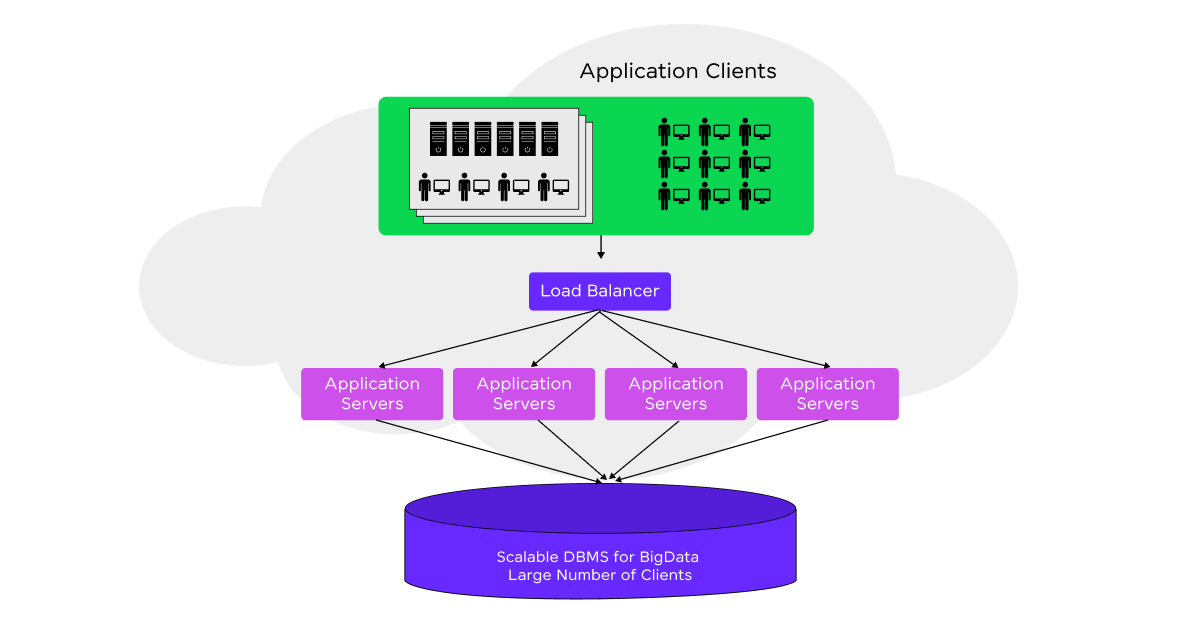
This trend isn’t going anywhere, as more businesses catch on to the cloud’s benefits for managing data.
By keeping an eye on these data growth trends and the shift towards cloud DBMS, you’ll be better equipped to handle the future of data management.
Know More About How Does Database Servers Work? Explained with Illustrations
3) What’s Hot in DBMS
3.1) Cloud-Based Solutions
Cloud-based database management systems (DBMS) are on fire right now. In 2020, the DBMS market raked in $65 billion, with cloud DBMS grabbing a hefty $26 billion slice of that pie.
Why the buzz? It’s all about scalability, easy access, cost savings, and beefed-up security.
With cloud DBMS, you can kiss goodbye to hefty hardware and software costs. Need more database space? Just scale up. It’s like having a magic wallet that expands when you need it.
Businesses love it because it makes data management a breeze.
| Year | Total DBMS Revenue | Cloud DBMS Revenue |
|---|---|---|
| 2020 | $65 billion | $26 billion |
3.2) AI and Machine Learning Integration
AI and machine learning are shaking things up in the DBMS world. These tech wizards can sniff out data inconsistencies and clean up your data faster than you can say “error-free.”
Machine learning models are like data detectives, spotting missing values, duplicates, and outliers to keep your data squeaky clean.
But wait, there’s more! AI can predict and prevent database hiccups by analyzing performance metrics and usage patterns.
Think of it as having a crystal ball that helps you avoid downtime and optimize resources.
3.3) NoSQL Databases for IoT Data
NoSQL databases are the unsung heroes of the IoT world. Unlike traditional relational databases, NoSQL can handle the wild, unstructured data that IoT devices churn out.
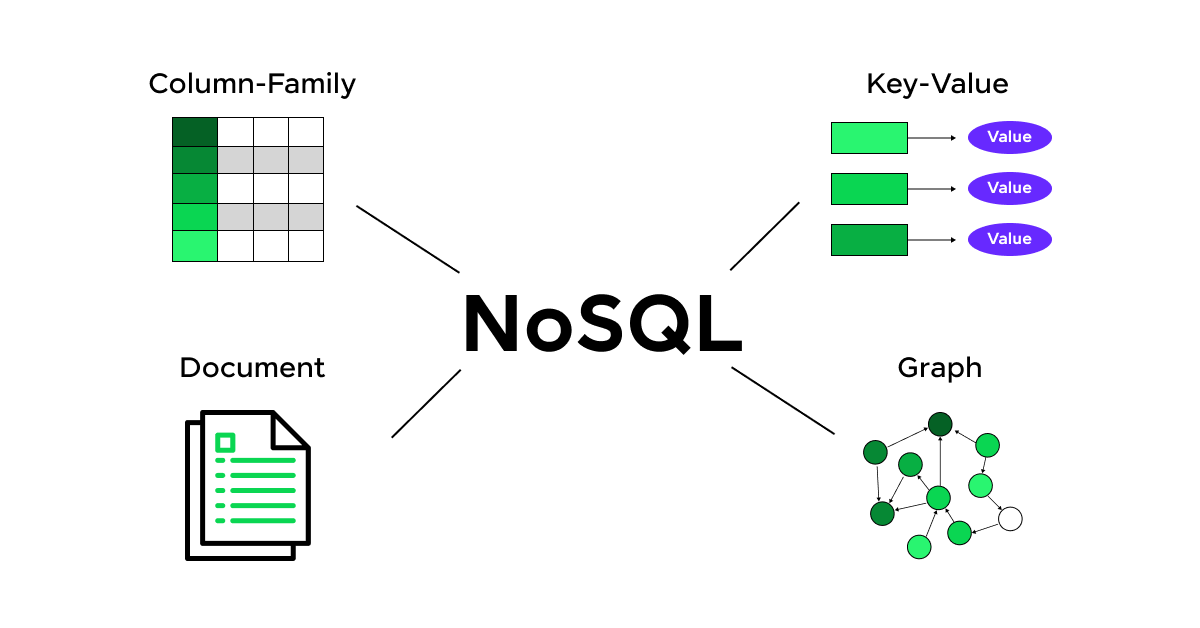
IoT applications need real-time data processing and analytics, and NoSQL databases are up to the task. As IoT keeps growing, expect NoSQL to become even more popular, shaping the future of database management trends.
Stay in the loop with these trends, and you’ll be ahead of the curve in the ever-changing DBMS landscape.
4) Tech That’s Changing DBMS
The world of database management systems (DBMS) is always on the move, and some cool new tech is shaking things up. Let’s check out how cloud computing, AI, and advanced language models are making waves.
4.1) Cloud Computing: Game Changer
Cloud computing has flipped the script on how we handle databases. Forget about those clunky on-site servers; now, everything’s online, and you pay only for what you use.
This means less hassle with hardware and software, and DBAs (database admins) can breathe a little easier.
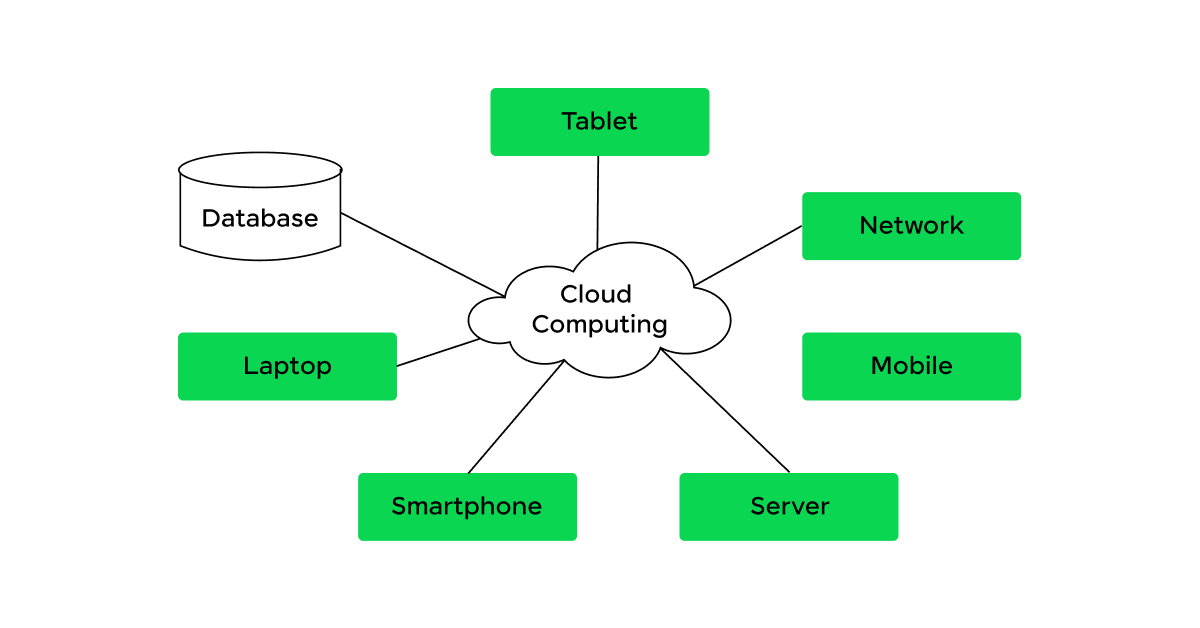
With cloud computing, you get Database-as-a-Service (DBaaS). This means your database lives in the cloud and you can access it from anywhere. Scaling up is a breeze and backups?
The cloud provider’s got you covered. This frees up DBAs to focus on the fun stuff, like strategic planning and data wizardry.
| Cloud Perks | DBMS Impact |
|---|---|
| Pay-as-you-go | Cuts down costs |
| Access from anywhere | Easy peasy |
| Simple scaling | Grow without pain |
| Managed backups | Disaster recovery made simple |
4.2) AI and Machine Learning: The Future is Now
AI and machine learning are turning DBMS into something out of a sci-fi movie. These technologies automate boring tasks, improve code, and make user experiences smoother.
Developers can now whip up innovative solutions that keep up with changing business needs.
AI-driven systems are like having a super-smart assistant that learns and adapts. They can optimize queries, automate data prep, and beef up security.
Imagine a DBMS that gets smarter and more efficient over time—pretty cool, right?
Read More: Exploring the Influence of AI and Machine Learning in Full Stack Development [2025]
4.3) Advanced Language Models: Talking to Your Database
Advanced language models are making it easier to chat with your database. These AI-powered models understand and generate human-like text, so you can use natural language to query your data.
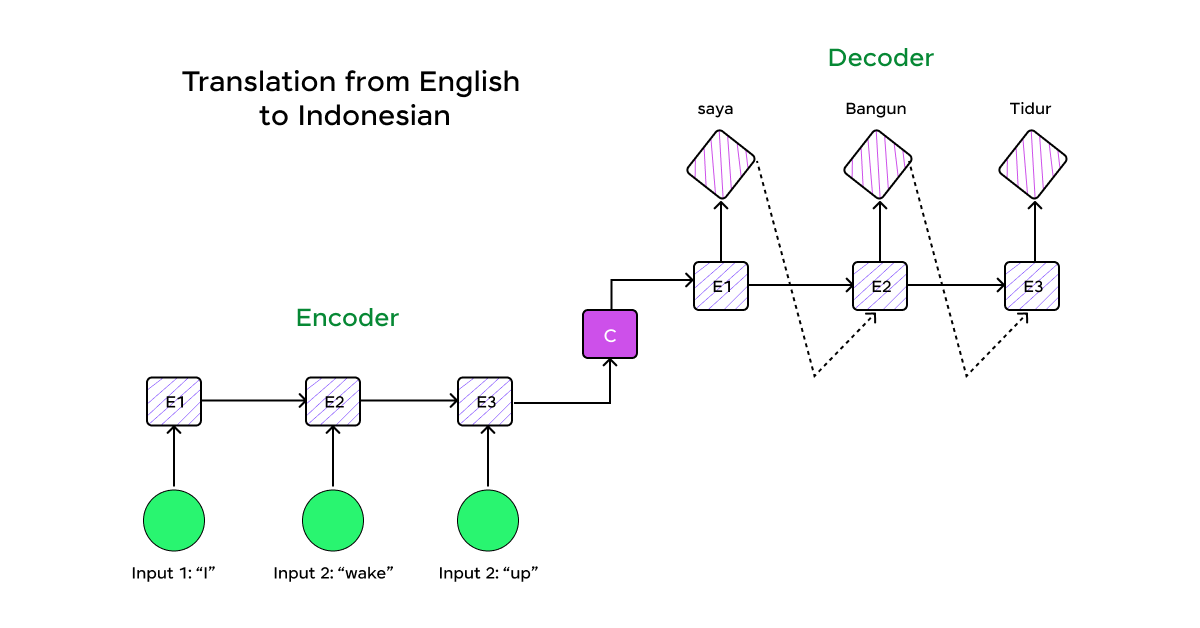
No more complicated SQL commands—just ask and you shall receive.
These models can also automate tricky database tasks, cutting down on manual work. This means DBAs can focus on the big picture and make database operations run smoother.
By using advanced language models, companies can streamline data management and uncover valuable insights.
These tech trends are shaking up DBMS, opening doors for innovation and efficiency. Stay in the loop with the latest advancements to keep your database strategies ahead of the curve.
5) Keeping Your Database Safe and Sound
In today’s world, keeping your data safe is more important than ever. With hackers getting smarter, it’s crucial to stay one step ahead.
Let’s break down the essentials of security and compliance in the future of database management systems (DBMS).
5.1) The Scary Reality of Data Breaches
Nobody wants their data stolen. Yet, data breaches are a real threat to any business dealing with sensitive info.
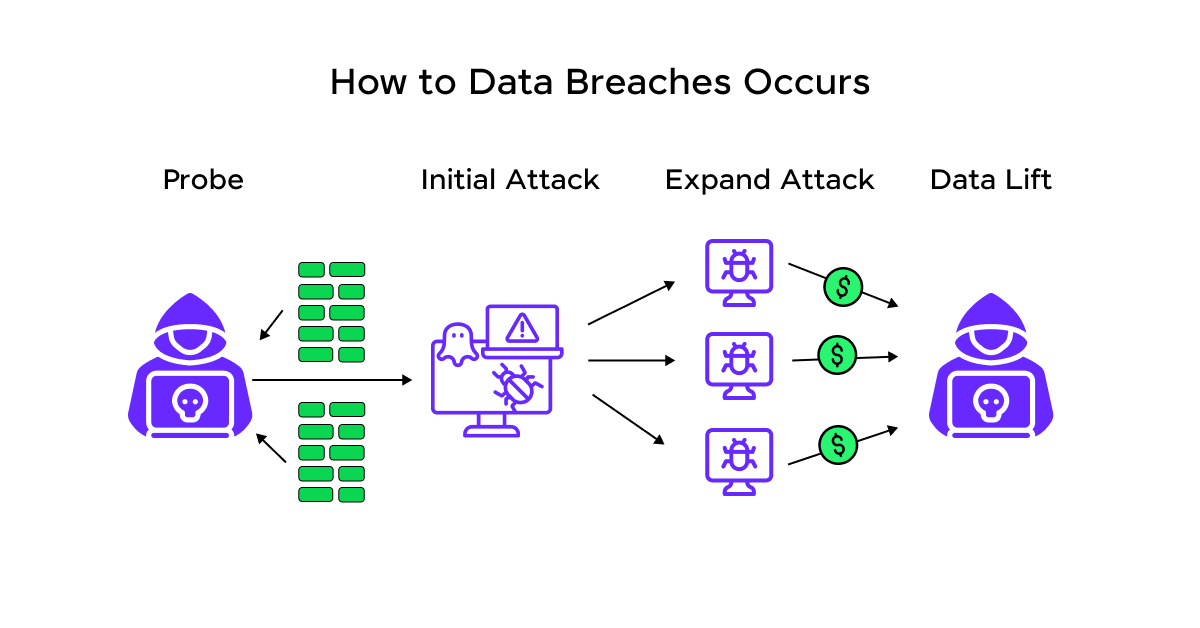
As cyber threats grow, companies are pouring money into top-notch security to fend off these risks. A breach can cost you big time—think lost money, legal trouble, and a tarnished reputation.
To keep your data safe, you need to know the threats and put strong security measures in place.
| Year | Number of Data Breaches |
|---|---|
| 2020 | 1,001 |
| 2021 | 1,108 |
| 2022 | 1,237 |
5.2) AI: Your New Best Friend in Data Security
Artificial Intelligence (AI) is set to be a game-changer in data security. These smart tools can help spot and stop threats before they cause damage. Here’s how AI can make your data safer:
- Spotting threats early
- Analyzing user behavior
- Automating responses to incidents
- Managing vulnerabilities
- Controlling access adaptively
- Detecting and stopping malware
- Preventing data loss
- Authenticating users
- Catching fraud
With AI, businesses can stay ahead of the bad guys and protect their valuable data.
Also Explore: Advantages and Disadvantages of AI: A Comprehensive Guide [2025]
5.3) Getting Serious with ISO 27001
ISO 27001 is a big deal when it comes to managing information security. To get certified, you need a solid information security management system (ISMS) that covers all the bases of data protection.
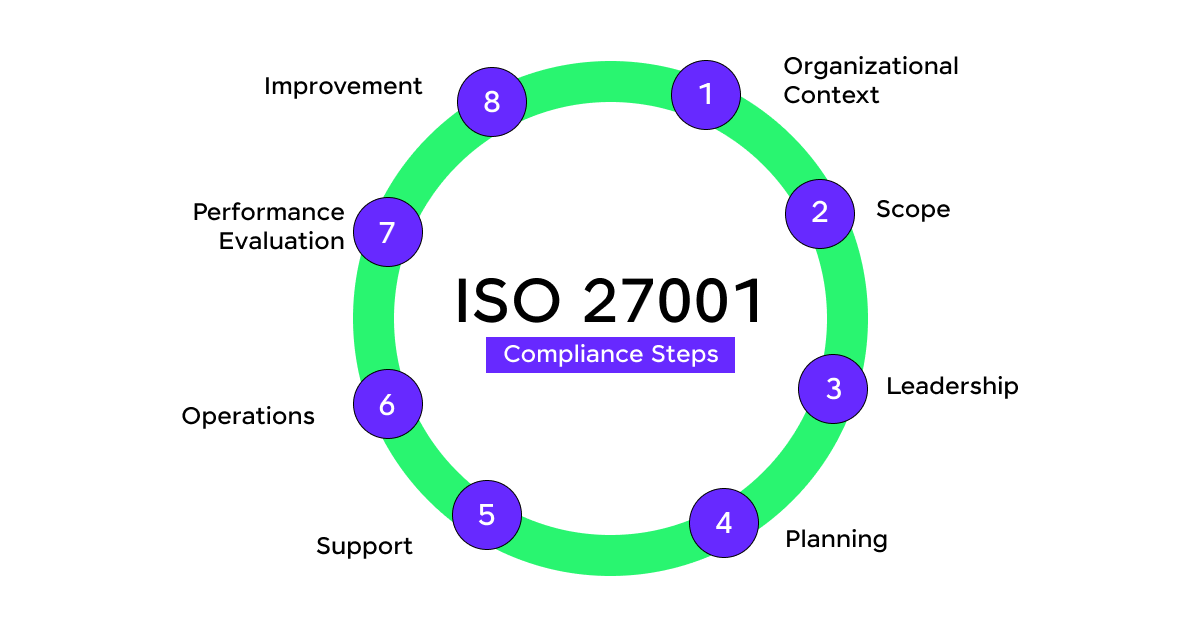
By going for ISO 27001, companies can beef up their defenses, cut down on risks, and build a culture that takes security seriously.
Why bother with ISO 27001? Here’s why:
- Better data protection
- Smarter risk management
- More trust from customers
- Meeting legal and regulatory requirements
By getting a handle on these security and compliance aspects, you can gear up for the future of DBMS and keep your data safe from new threats.
6) The Changing Face of the DBA
As database management systems (DBMS) keep evolving, so does the role of the Database Administrator (DBA).
Let’s dive into the perks of Cloud Database-as-a-Service (DBaaS), the fresh challenges DBAs will face, and the hybrid data management approach.
6.1) Why Cloud DBaaS Rocks
Cloud computing and database management have teamed up to create Database-as-a-Service (DBaaS). This means your database lives in the cloud and you can access it from anywhere with an internet connection.
Scaling your database is a breeze, and backups are usually handled by the cloud provider, making disaster recovery less of a headache.
| Perk | What It Means |
|---|---|
| Scalability | Grow your database without worrying about physical hardware. |
| Accessibility | Work from anywhere, anytime. |
| Disaster Recovery | Cloud providers take care of backups, reducing data loss risks. |
| Cost Efficiency | Pay only for what you use, saving on physical infrastructure costs. |
With a fully managed DBaaS, DBAs can spend less time on routine tasks and more on strategic data management.
But they still need to know the ins and outs of the cloud services they’re using to make sure they fit the organization’s needs.
6.2) New Cloud Responsibilities
Moving to the cloud brings new tasks for DBAs. Here’s what they’ll need to handle:
- Data Migration: Moving data from on-premises to the cloud.
- Performance Management: Keeping an eye on how well the cloud infrastructure is performing.
- Latency Management: Dealing with delays when accessing cloud data.
- Security: Tackling security issues unique to cloud environments.
DBAs must adapt to these new duties to keep things running smoothly in the cloud.
Also Read: Everything about Cloud Security with AWS Identity and Access Management [2025]
6.3) Hybrid Data Management: The Best of Both Worlds
The future of IT likely involves a mix of on-premises and cloud data management. This hybrid approach means DBAs need to pick up new skills in cloud architecture, budget management for cloud databases, and juggling both environments.
| Skill | Why It Matters |
|---|---|
| Cloud Architecture | Knowing how cloud systems are built and work. |
| Budget Management | Keeping track of cloud database costs. |
| Hybrid Environment Management | Balancing on-premises and cloud databases. |
DBAs must be skilled in both traditional and cloud-based technologies to handle the complexities of hybrid data management.
By embracing these new roles and responsibilities, DBAs can stay ahead in the fast-changing world of database management.
7) Automation in Data Management
Automation is shaking up the future of DBMS, especially with AI and machine learning in the mix. These tech wonders are changing how we handle data from start to finish.
7.1) AI for Data Preparation
AI is a game-changer for getting data ready. It spots mistakes and weird stuff in your data sets.
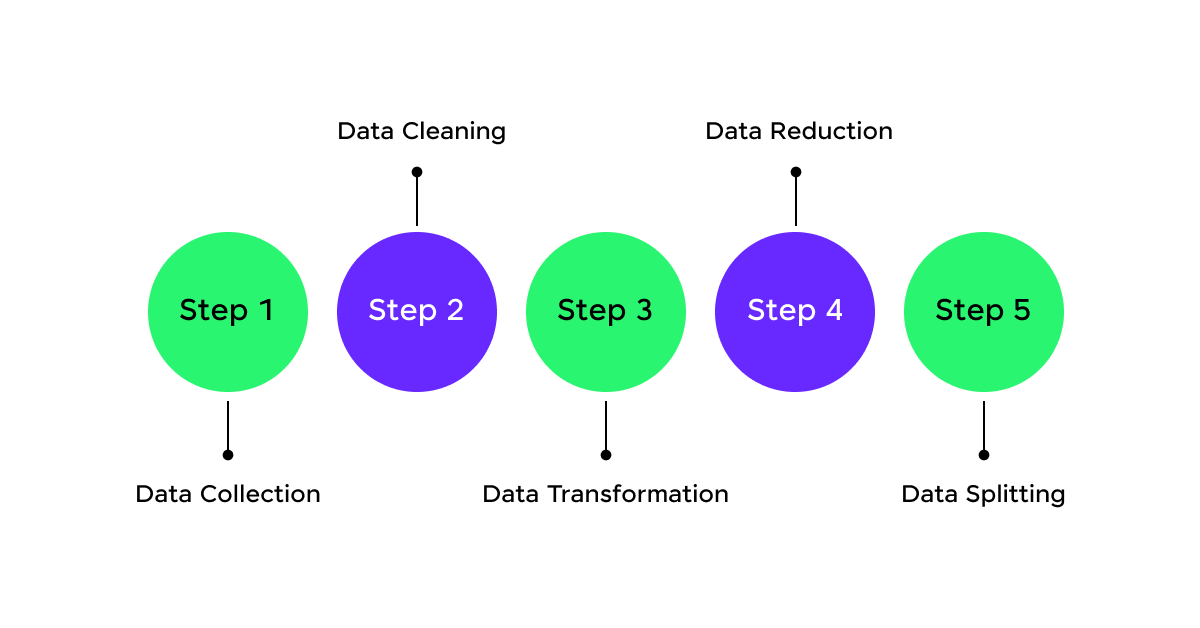
Machine learning can find missing info, duplicates, and outliers, making sure your data is top-notch. AI-driven data cleaning speeds things up and cuts down on human slip-ups.
| Data Quality Improvement | Old School | AI-Powered |
|---|---|---|
| Finding Missing Values | Manual Check | Automated |
| Spotting Duplicates | Scripts | ML Algorithms |
| Detecting Outliers | Stats Methods | AI Models |
7.2) AI-Enhanced Query Performance
AI and ML are making query optimization a breeze. They handle the tough stuff and make your code better.
AI looks at how queries perform and usage patterns to tweak them on the fly. This means quicker responses and better use of resources.
AI and ML help developers come up with cool solutions for changing business needs.
| Query Optimization | Old School | AI-Powered |
|---|---|---|
| Query Analysis | Manual Tuning | Automated |
| Performance Metrics | Past Data | Real-Time |
| Resource Use | Static | Dynamic |
Read More: Generative AI vs Predictive AI: A Comprehensive Guide for 2025
7.3) Predictive Maintenance with AI
AI can predict and stop database issues before they happen by looking at performance metrics and usage patterns.
This proactive approach sends alerts for fixes, optimizing resources and cutting downtime. AI-driven systems keep getting better, offering a smart and efficient database management setup.
| Predictive Maintenance | Old School | AI-Powered |
|---|---|---|
| Spotting Issues | Scheduled Checks | Predictive Analytics |
| Performance Monitoring | Periodic Updates | Continuous |
| Reducing Downtime | Reactive Fixes | Proactive Prevention |
Using AI for data prep, query performance, and predictive maintenance keeps you ahead in the fast-moving DBMS field.
These advancements boost efficiency and ensure top-quality data management.
8) Future of Data Management
Data management is changing fast, thanks to tech advancements and the explosion of data. Let’s break down three big trends shaping the future of Database Management Systems (DBMS): moving to the cloud, beefing up security, and automating data prep.
8.1) Cloud Migration Trends
Cloud-based Data Management (DM) is on fire. Companies are jumping on the cloud bandwagon for its scalability, flexibility, and cost savings.
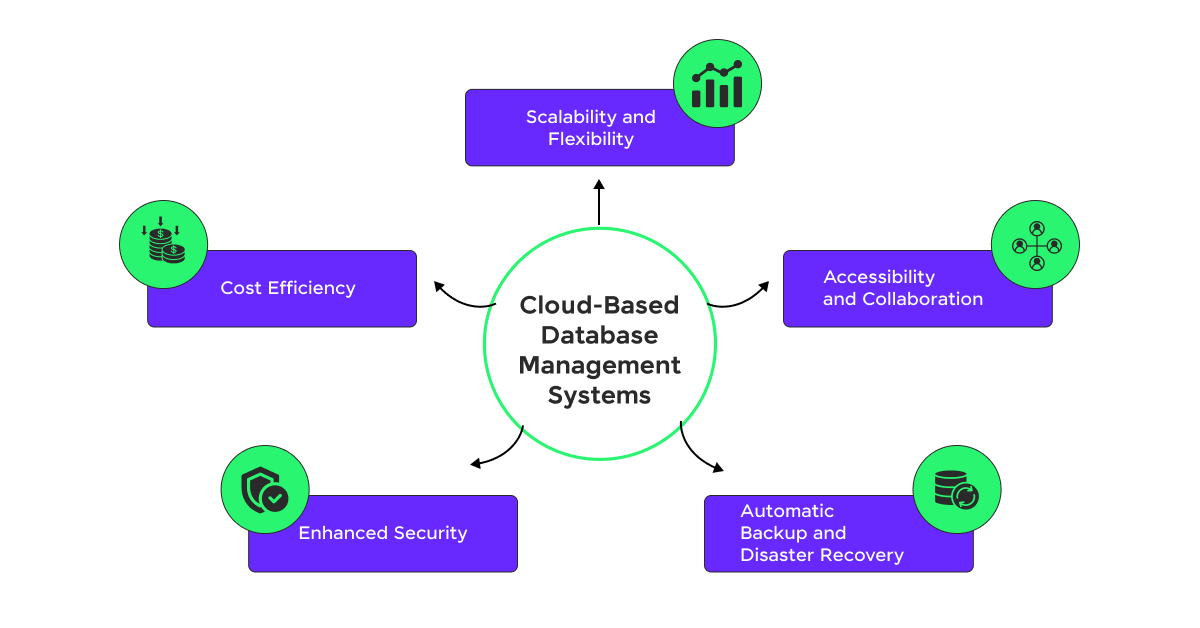
This shift lets businesses tweak their data storage and processing on the fly, ditching the old-school on-premises data centers.
| Year | Number of Internet-Connected Devices (Billions) |
|---|---|
| 2015 | 14.8 |
| 2020 | 32 – 50 |
But with great power comes great responsibility. Moving to the cloud means businesses need to get serious about security, especially if they’re handling sensitive info.
Keeping data safe and following the rules is a must for cloud DM to really take off. For more on this, check out our piece on emerging trends in data analytics.
8.2) End-to-End Security Solutions
Data security is getting a makeover with new tech, changing laws, and evolving user habits. Companies are pouring money into top-notch security measures to fend off cyber threats.
End-to-end security is key, protecting data from the moment it’s created until it’s deleted.
| Key Security Focus | Description |
|---|---|
| Data Encryption | Keeps data safe whether it’s stored or moving |
| Access Control | Only lets the right people see sensitive info |
| Compliance | Follows rules like ISO 27001 and GDPR |
| Threat Detection | Spots and stops security breaches |
Must Explore Top 10 Cloud Computing Trends You Should Know
8.3) Automation of Data Preparation
With big data growing and data scientists in short supply, automating data prep is a no-brainer. Software makers are using AI and ML to handle the boring stuff like data cleaning and prep.
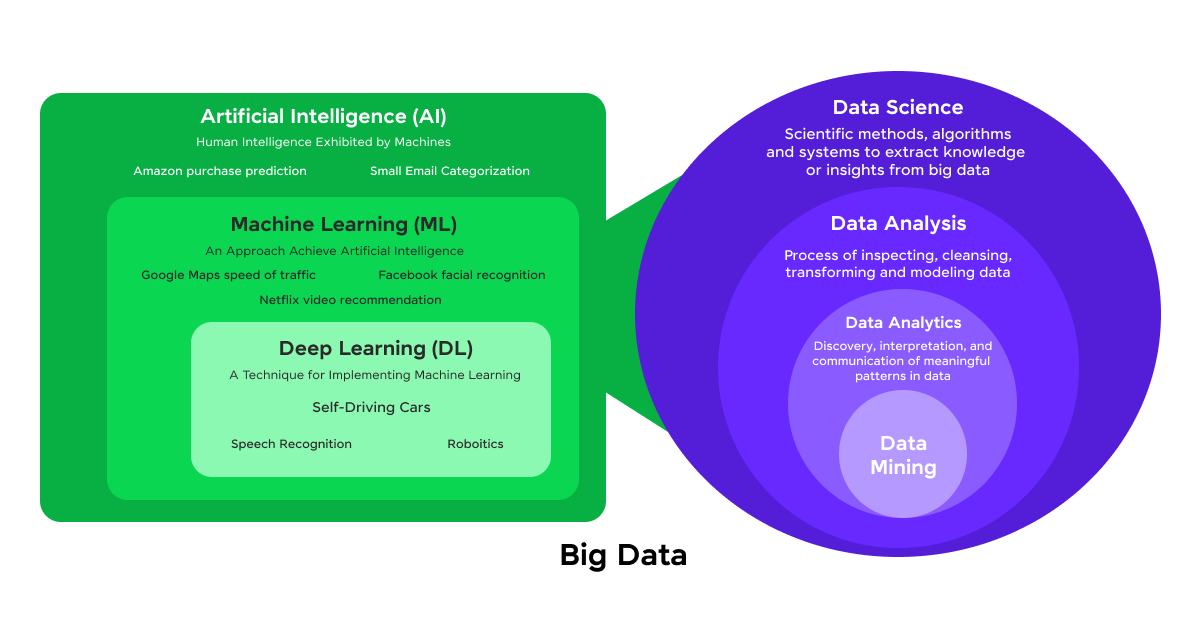
This frees up data scientists to focus on the fun stuff and boosts efficiency.
| Automation Focus | Benefits |
|---|---|
| Data Cleansing | Cuts down on errors and messy data |
| Data Transformation | Turns data into a useful format |
| Data Integration | Merges data from different places |
| Metadata Management | Keeps data catalogs accurate and current |
These trends show how data management is always changing. By keeping up with the latest tech and best practices, you’ll be ready for whatever the future of DBMS throws your way.
Kickstart your Full Stack Development journey by enrolling in GUVI’s certified Full Stack Development Career Program with Placement Assistance where you will master the MERN stack (MongoDB, Express.js, React, Node.js) and build interesting real-life projects. This program is crafted by our team of experts to help you upskill and assist you in placements.
Alternatively, if you want to explore MySQL through a self-paced course, try GUVI’s self-paced MySQL course.
Takeaways…
In conclusion, the exponential growth in data and the shift towards cloud-based solutions, driven by their scalability, accessibility, and cost-effectiveness, has transformed how businesses manage data, with cloud DBMS already capturing a significant market share.
Emerging technologies like AI and machine learning are further revolutionizing the DBMS landscape by enhancing data cleaning, query optimization, and predictive maintenance.
Meanwhile, NoSQL databases are becoming indispensable for handling IoT data. As data security becomes increasingly critical, businesses must invest in advanced security measures to protect sensitive information.
By staying informed about these trends and adopting innovative database solutions, organizations can effectively navigate the future of data management.
Also Read: Promising Scope of Cloud Computing in 2025
FAQs
Emerging fields in DBMS include cloud databases, NoSQL databases, NewSQL databases, and graph databases. These technologies are evolving to handle large-scale data, complex queries, and real-time analytics more efficiently.
The four types of DBMS are:
1) Hierarchical DBMS
2) Network DBMS
3) Relational DBMS
4) Object-oriented DBMS
SQL stands for Structured Query Language and is used to communicate with databases.
The four keys in DBMS are:
1) Primary Key
2) Foreign Key
3) Candidate Key
4) Super Key

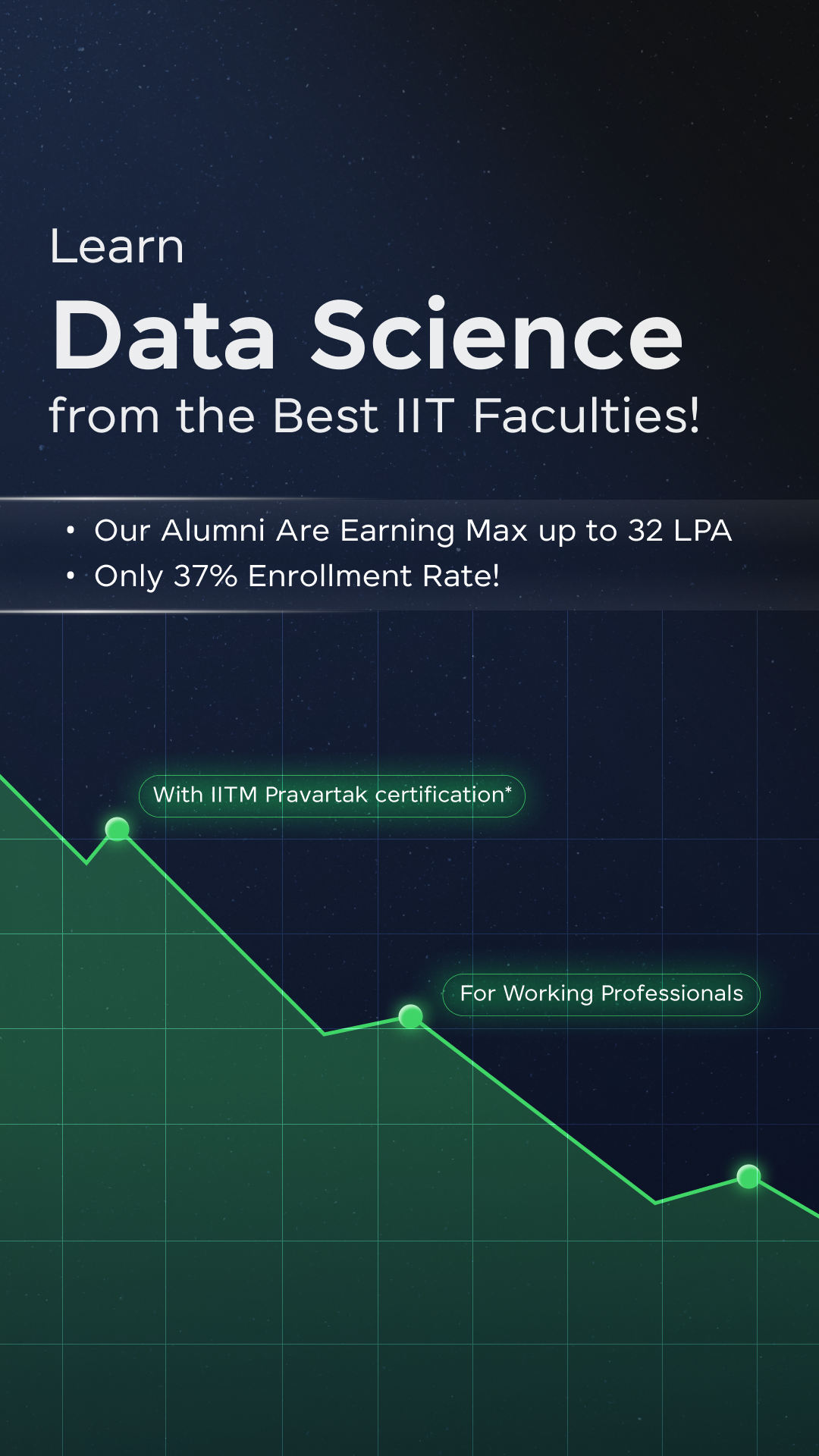



















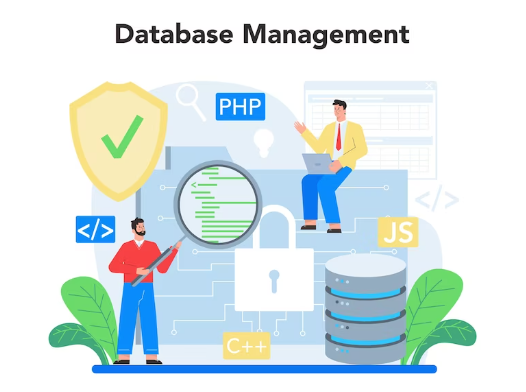
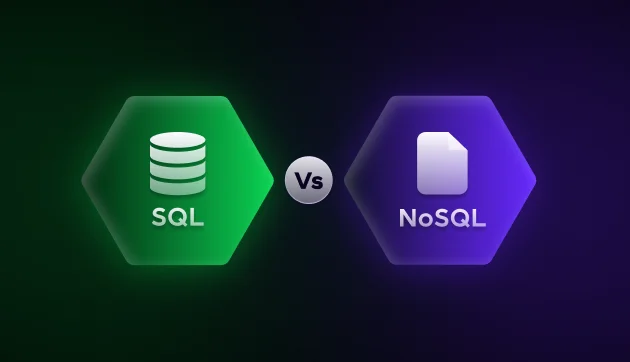

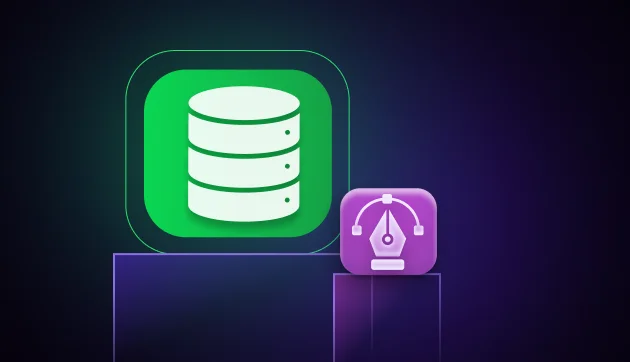
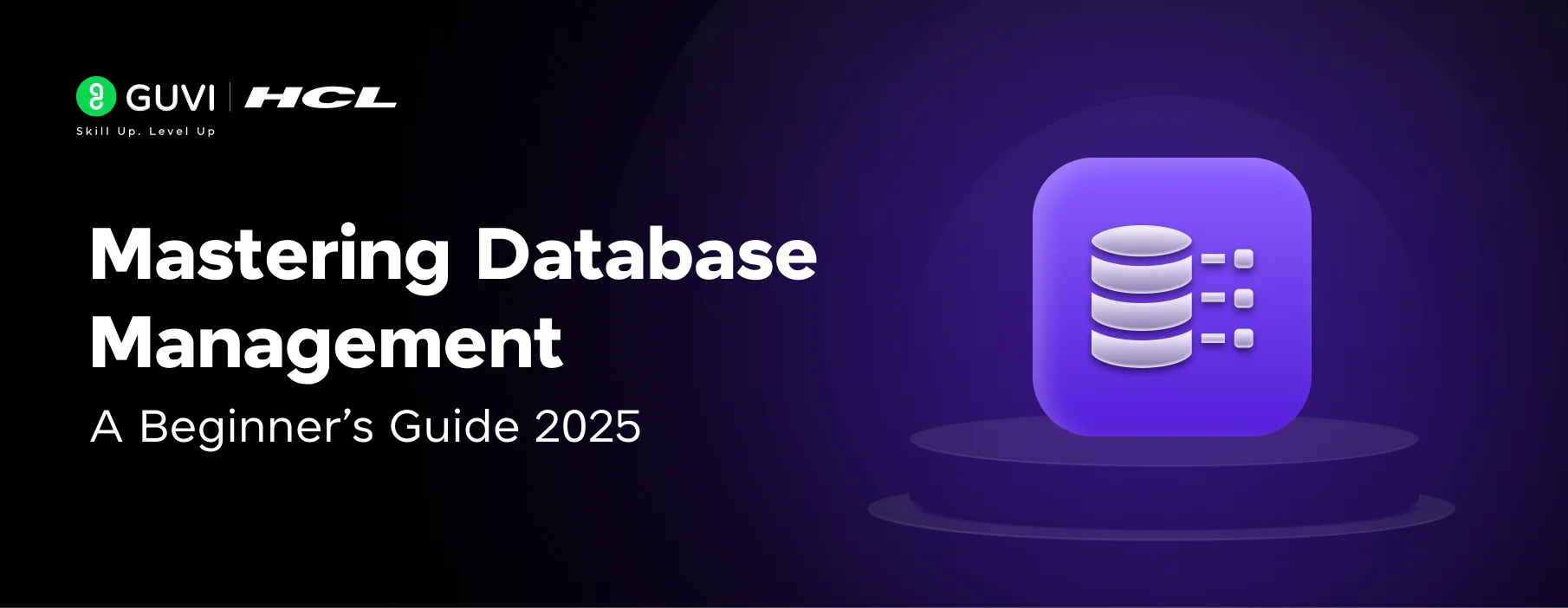
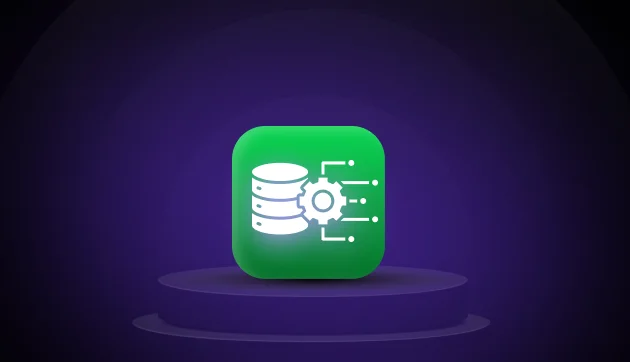
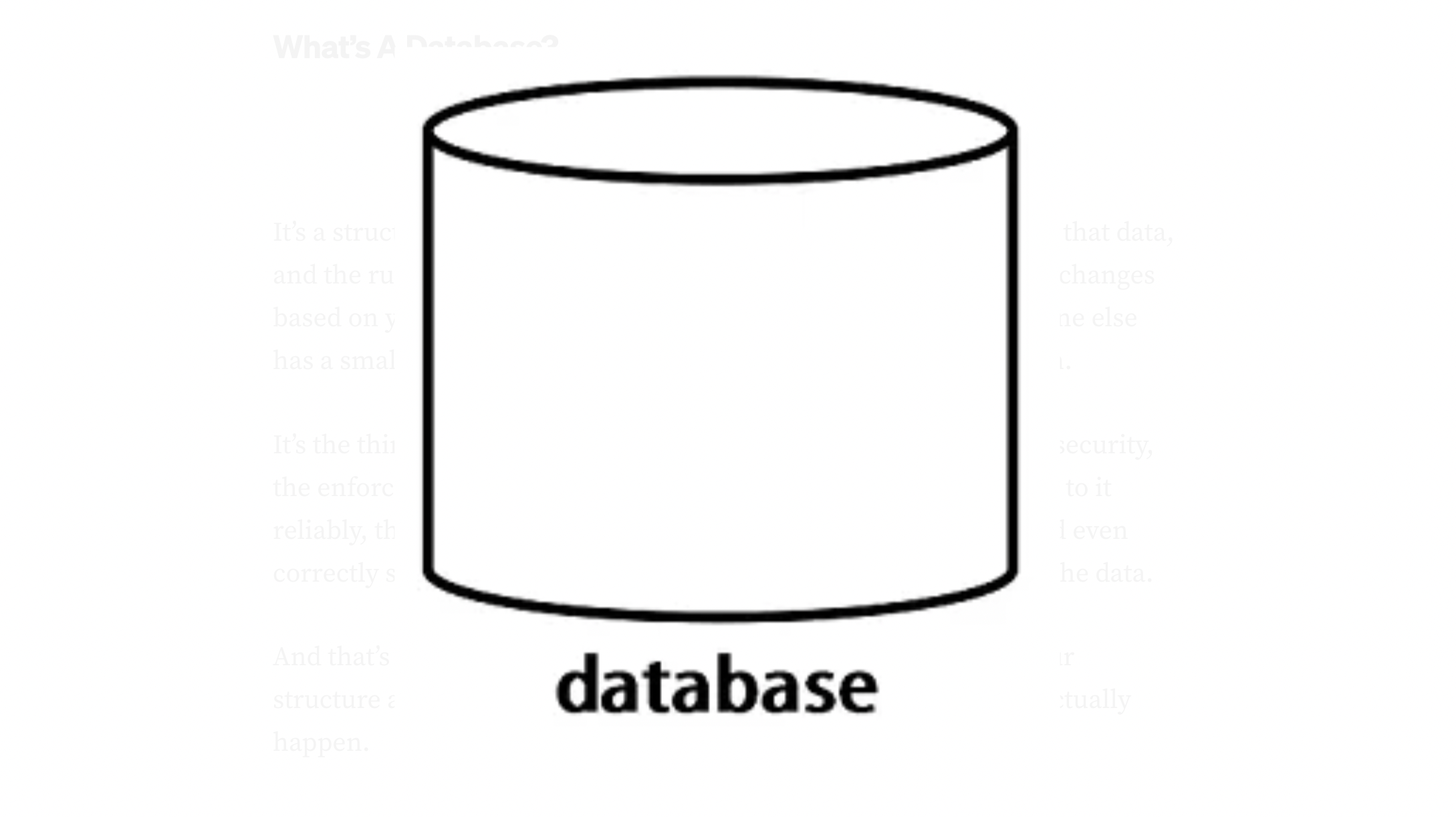

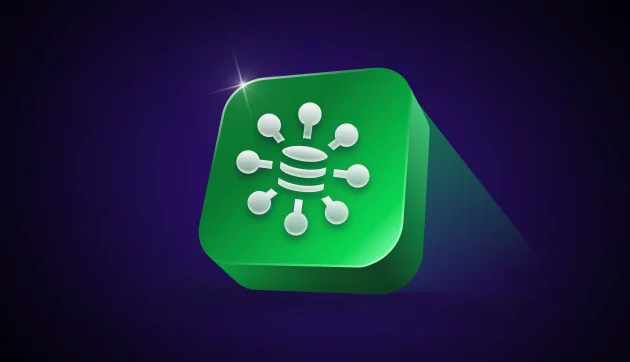

Did you enjoy this article?